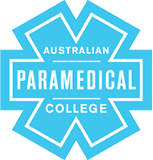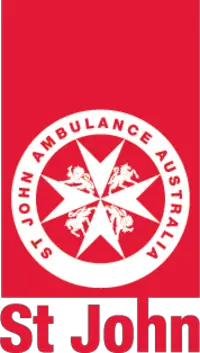
This role has a moderate level of AI exposure. AI can enhance efficiency for some tasks, but this job still relies on human skills and decision-making.
Explore all careersA Volunteer Ambulance Driver transports patients in non-emergencies, requiring flexibility, strong communication skills, and adherence to procedures.
Get qualified to work as a Volunteer Ambulance Driver with a course recognised across Australia. Speak to a training provider to learn more.













In Australia, Volunteer Ambulance Drivers are generally not paid for their work. You may be given some funds to cover your expenses but you will donate your time for free. Volunteer Ambulance Drivers often have another job as well as their volunteer ambulance driving role.
 Courses.com.au Team
Courses.com.au Team
This industry has seen an increase in employment numbers over the last five years. While there are currently 19,700 people working as an ambulance officer in Australia, many people take on an unpaid Volunteer Ambulance Driver role. Volunteer Ambulance Drivers may work across all regions of Australia, but are often located in rural or remote areas.
Source: Australian Government Labour Market Insights
 Courses.com.au Team
Courses.com.au Team
If you’re interested in a role as a Volunteer Ambulance Driver, consider enrolling in a Certificate III in Non-Emergency Patient Transport. You’ll learn first aid, CPR and clinical care. A Certificate IV in Health Care may also be appropriate.
 Courses.com.au Team
Courses.com.au Team
Browse occupations related to Volunteer Ambulance Driver



For those looking to make a difference in their community, enrolling in Volunteer Ambulance Driver courses in Central Coast is an excellent starting point. This crucial role offers the opportunity to serve as a vital link between emergency services and the community, ensuring that patients receive timely medical assistance while being transported. With four courses available in the Central Coast area, aspiring volunteer ambulance drivers can find a variety of training options that suit their needs.
Various registered training organisations, including National Courses (NC) and Safety Direct Solutions (SDS), are dedicated to providing comprehensive training for future volunteer ambulance drivers in Central Coast. Each of these providers adheres to industry standards, ensuring participants receive the best possible education and training tailored to the unique requirements of the region.
As students embark on their journey towards becoming a Volunteer Ambulance Driver, they may also want to explore related career paths within the healthcare sector. This includes roles such as Emergency Medical Technician, Patient Transport Officer, and Ambulance Service Paramedic, among others. These linked career options expand the possibilities for students, allowing them to consider various avenues within the emergency services field.
The Volunteer Ambulance Driver courses in Central Coast also align with broader fields of study, such as Healthcare courses and Ambulance and Paramedic, which are essential for individuals looking to dive deeper into emergency healthcare. By pursuing courses within these categories, students can gain valuable insights and skills that directly complement their training as volunteer ambulance drivers.
In addition to gaining essential skills in driving and patient care, volunteers may find themselves drawn to other emergency-related roles such as Industrial Medic or Critical Care Paramedic. The Central Coast region presents a dynamic landscape for those dedicated to serving their community. By selecting the right training course and engaging with reputable providers, aspiring drivers can embark on a rewarding journey in the emergency services landscape.